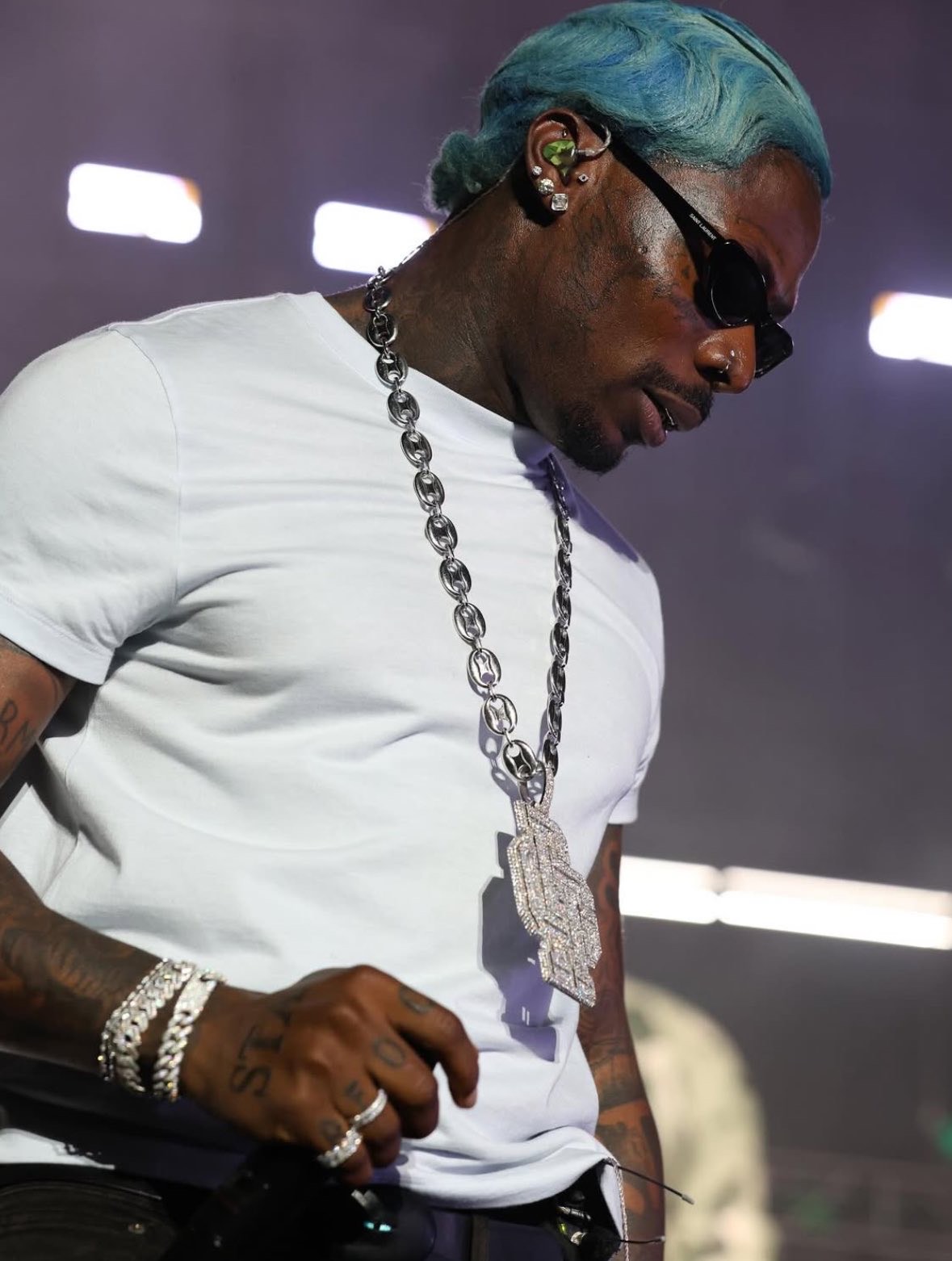
Defying gender norms is in. Misogynistic thought processes, however, are proving harder to push out. At the 2025 Afrofuture concert, Nigerian artist Asake surprised fans with a cobalt blue pixie cut. Known for his wardrobe containing pieces from the women's section of clothing stores, as said in his interview with GQ magazine, Asake is persistent in his slight deviance from the gender norms. Asake’s look was hailed as bold, but it is obvious that men in the spotlight often embrace genderqueer fashion, simultaneously reinforcing the very stereotypes that continue to diminish women.

“Wearing skirts or pixie cuts doesn’t dismantle misogyny if you’re still holding up the walls that confine women,” said Lagos-based cultural critic Jumoke Adebanjo. “The issue isn’t men exploring feminine style, it’s that society praises them for it while still policing women who do the same.”
Asake isn’t alone. American rappers Drake and Kanye West have long played with silhouettes, accessories, and aesthetics that blur gender lines. Drake appeared on stage in painted nails and colourful cropped jackets, while West made skirts a centrepiece of his Yeezus era. Both, however, have faced scrutiny for lyrics that objectify women and perpetuate sexist tropes.
In fashion, Tom Ford pushed androgyny to the forefront, designing for both men and women in ways that merged sensuality with power. Yet Ford’s campaigns often drew criticism for treating women as props, further complicating the narrative. “Equal opportunity objectification” was his defence, one that did little to unsettle the underlying issue.
Fashion historians note that this contradiction has deep roots. Medieval Christian thought linked women’s adornment with promiscuity, marking feminine self-expression as dangerous. Those ideas echo today in the way society still judges women more harshly for clothing choices while praising men who adopt similar looks.
Experts warn that style alone cannot dismantle systemic sexism. “Men entering ‘feminine’ fashion spaces are celebrated as innovators,” Adebanjo said. “But when women own their femininity, whether through clothes, lyrics, or makeup, they’re often reduced to stereotypes.”
As artists continue to embrace gender-fluid looks, the next step must be accountability: ensuring that liberation in fashion does not mask regression in thought.
“Defying gender norms should be about breaking boxes, not just decorating them,” Adebanjo added.
